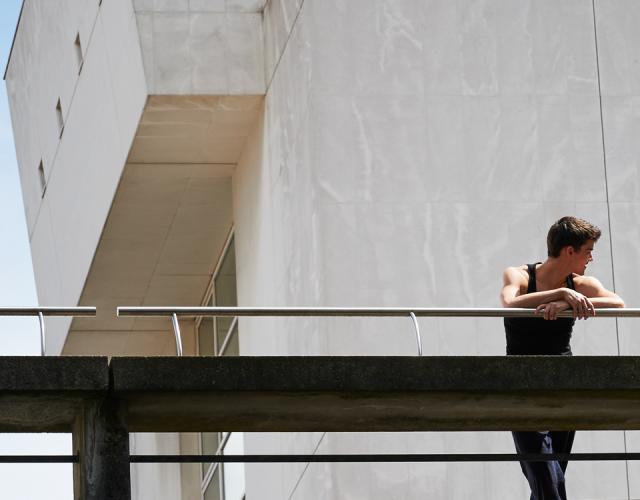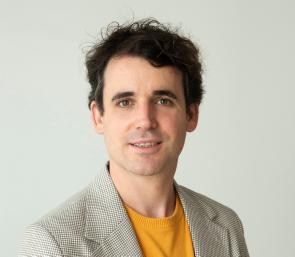
Accordion
INFORMATIONS
-
Objectives and content
DNSPM
Deepening the techniques and modes of playing the instrument
Work on posture and flexible playing
Study and perform a variety of repertoires (original and non-original, solo and in various ensembles)
Enable each student to develop their own artistic personality and reflect on their personal project
Acquire solid experience with a view to a first level of employability, and if necessary, the pursuit of studies in the2nd cycle.
2nd cycle higher education
Master the techniques and modes of playing the instrument
become fully aware of the physical issues involved in playing the instrument (identify and spot signs of fatigue and injury, know how to adapt one's work and develop strategies for a long-term career)
Independently study and perform a variety of repertoires (original and non-original, solo and in various ensembles).
Develop a taste for creativity, artistic research and cross-disciplinarity
To enable each student to assert his or her own artistic personality and implement his or her personal project
Acquire solid experience to help them achieve their career goals.
These objectives are broken down into three groups:
In-depth knowledge of instrumental technique and the use of imagination and inventiveness in musical interpretation
- In-depth knowledge of keyboards and fingering combinations on the 5 rows
- Development of expression through technical mastery: variety of attacks and note endings, articulations (finger, bellows), bellows/key release relationship, diversity of touches, playing modes, timbres, phrasing, dynamics, flexibility of the bellows line, sound research and experimentation.
- Awareness of form, interpretative analysis
- Awareness of anatomy, breathing and body movements in playing
Repertoires
- Knowledge of the repertoires specific to the instrument, in the diversity of arrangements (solo, chamber music, orchestra, concertos, etc.) and in the diversity of repertoires (French, European, non-European, from the Renaissance to the present day).
- New technologies
- Approaching the problems associated with transcribing and adapting non-original repertoires and developing appropriate techniques (basso continuo, ornamentation, treatises, etc.)
- Opening up to orality and improvisation
- Development of knowledge of the stylistic and cultural languages and issues specific to each repertoire
- A critical approach to the relationship with the text, through the study of sources and traditions of interpretation (mainly in the2nd cycle)
Preparation for the stage
- Development of personal learning and working methods and strategies
- Development of interpersonal skills associated with public performances
- Diversification of professional contexts, particularly by taking into account the diversity of audiences (mediation)
- Support for the realisation of artistic projects
- Building coherent musical programmes (mainly in the2nd cycle)
In line with the objectives set, the subject is structured around the following teaching content:
Deepening of instrumental technique, mobilisation of the imagination and inventiveness in musical interpretation
- Technical exercises
- Body and breathing warm-up exercises (with or without an instrument)
- Coaching students in the interpretation of works: musical intention in relation to gesture, interpretative analysis, narrativity, study of different interpretative traditions
- Developing the sound imagination through invention, improvisation, experimentation, etc.
Repertoires
- Suggesting repertoires and assisting students in their choice of works, with due respect for instrumental progression and the specific features of each cycle of higher education and the objectives set with the student.
- Organisation of the different sections of the year
- Introductory workshop in contemporary techniques, improvisation and new technologies
- Introduction to basso continuo, ornamentation and treatise reading (C.P.E. Bach, Couperin, Quantz, etc.)
- Discovery of chamber music, ensemble and orchestral repertoire and work on accordion parts
- Development of cultural knowledge
Preparation for the stage
- Auditions and class concerts
- Preparation for competitions, exams and recitals
- Support in combining repertoires to create a concert programme
-
Assessment terms and conditions
1st HIGHER CYCLE
DNSPM 1
Duration: 20 min. maximum
- a compulsory original work, posted two months before the exam
- one work (or a selection of movements) composed before 1750, practised during the year
- one work of your choice
DNSPM 2
Duration: 25 min. maximum
- one compulsory original work, displayed two months before the exam
- a work (or a selection of movements) composed before 1800, worked on during the year and different from that chosen in DNSPM 1
- a free programme (10 min. maximum)
DNSPM final examination
Public recital
Duration: 30 minutes maximum
- a compulsory original acoustic or mixed work (8 min. maximum), possibly a new work, posted two months before the examination
- a free programme, including at least one transcription or adaptation
2nd HIGHER CYCLE
1st year
Non-audience recital
Duration: 45 minutes maximum
- an original compulsory work composed after 1980, posted two months before the examination
- a concertante work of the student's choice, with a small ensemble organised by the student (approximately 15 minutes) or a chamber music work of the student's choice (maximum 15 minutes)
- a free solo programme, including a transcription and/or adaptation
- an oral commentary by the jury after deliberation
2nd year
Public recital
Duration: 50 minutes maximum
Free programme
-
Duration of studies
Throughout the course
-
Reward
Validated
-
Erasmus
Yes


